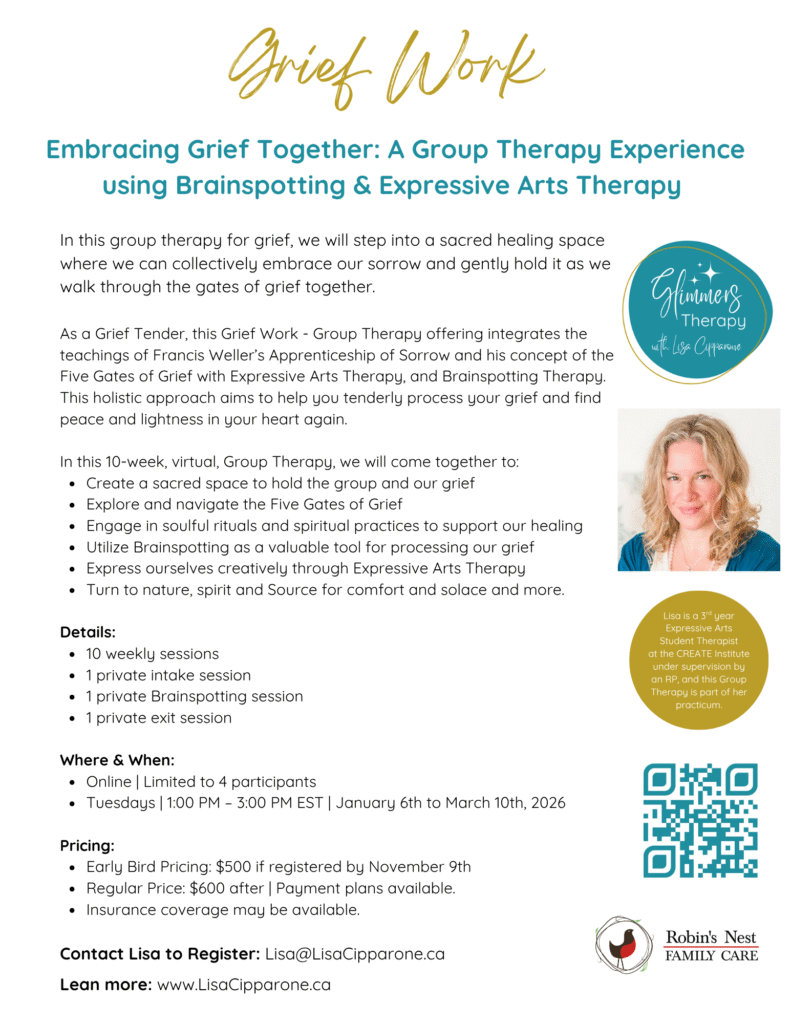Expansion Brainspotting: Unlocking Positive Potential
Expansion Brainspotting is an innovative adaptation of traditional Brainspotting therapy, designed to access and amplify positive emotional states such as joy, peace, resilience, and enhanced performance potential. Unlike its therapeutic predecessor, which primarily focuses on processing trauma, Expansion Brainspotting emphasizes the exploration of positive states through specific “brainspots” and “expansion spots” identified by eye positions.
Core Principles
Expansion Brainspotting evolved from Brainspotting, a method developed by David Grand in 2003. This approach utilizes the intricate brain-body connection by focusing on the visual field, mindfulness, and the attunement of the practitioner to the client. The method aims to move from the contraction associated with trauma to a state of expansion, fostering openness, self-worth, and leveraging inner resources for personal growth.
Key Features
- Visual Field Focus: Identifies eye positions that correspond with positive emotional states.
- Mindfulness: Encourages present-moment awareness to enhance the experience.
- Practitioner Attunement: Involves a deep connection between practitioner and client, enhancing the effectiveness of the session.
Key Applications
Expansion Brainspotting can be applied in various domains to enhance well-being and performance:
- Athletic and Creative Performance: Helps in achieving flow states and overcoming creative blocks.
- Personal Development: Supports the processing of grief, anxiety, depression, and encourages spiritual growth.
- Emotional Well-being: Aids in building neural pathways for positive emotions such as gratitude, calm, and a sense of capability.
- Spiritual Development: Deepens your connection to Source, Spirit, God, your Angels and ancestors as you connect with your God spot, Higher Self spot, Soul spot and more.
How Sessions Work
During an Expansion Brainspotting session, a trained practitioner guides clients to maintain specific eye positions associated with their desired emotional or performance states. The process involves:
- Eye Position Identification: Locating the brainspots and expansion spots that correlate with desired positive states.
- Visualization: Clients may be guided to visualize scenarios or outcomes that embody their goals.
- Somatic Awareness: Encourages awareness of bodily sensations to deepen the transformation process.
- Integration: Promotes the holistic integration of mind, body, and spirit, enabling profound change without revisiting past distress.
Sessions are designed to empower individuals, enabling them to cultivate and maintain positive states that contribute to overall well-being and performance. By focusing on expansion rather than contraction, this method opens new pathways for personal and spiritual growth.


